Model paints guide
Building the model gives a lot of joy, but only painting model will make it look like the original. The modeling forums much more talk about how to paint models, than about how they builds together, which shows that this topic is of great importance for the appearance of the finished model. In this modeler's guide we will present some information on modeling paint.
zdjęcie: www.modele.edu.pl
Different model paint types
Acrylic model paint – are made from water soluble acrylic resins. They have a lot advantages, water solluble quick drying and last but not least they do not smell. Great for brush and airbrush.
Cellulose solved paints – a kind of acrylics but with aggressive cellulose solvent. Flammable and smells a lot. Perfect for airbrush but less suitable for brush.
Enamel model paints, long drying paints you can dissolve with white spirit. Smells a lot and paints well with paintbrush and airbrush.
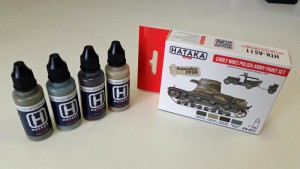
photo: www.modele.edu.pl
Model paint safety
When painting the model secure all surfaces and be careful not to stain your clothes. In the case of acrylic paints, you do not need to ventilate the room, but when you paint the other types, it is necessary. Particularly vexing smell cellulose paint. You should stock up on gloves, a good idea might be too apron.
How to dilute model paint?
Theory says, acrylic paint can be diluted with water, but in practice it is better to use a solvent recommended by the manufacturer. Remember! In the case of mistakenly chosen solvent model paint can change its consistency and will not paint well.
Paintbrush painting
To paint with a brush are suitable most types of paints. Before applying the paint you should degrease (and even wash) model, and then use appropriately diluted paint. Never apply a second coat of paint if the previous has not yet dried up.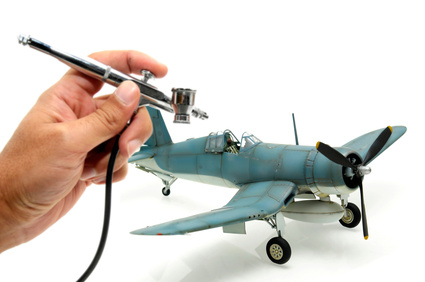
photo: fotolia
Airbrush painting of model kits
Professional modelers use an airbrush to paint and here reveals just the biggest advantage of enamel. Dries are much slower than acrylic paint, so do not cause clogging of nozzles. In this case, it is very important proper dilution of the paint. Commonly used is the proportion of paint to the solvent in an amount of 3 to 1. Most conveniently it is dilute to flow like milk.
See model paints here








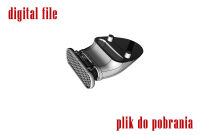
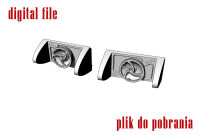
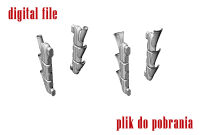
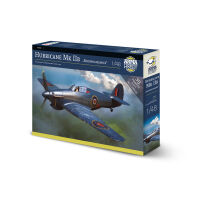
 Polish
Polish